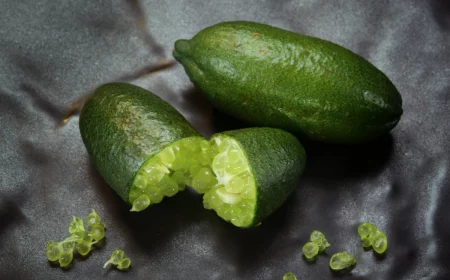The Real Secrets to Growing Unforgettable Hyacinths
I’ve spent more years than I can count with my hands in the dirt, dealing with every kind of flower bulb imaginable. And yet, there’s something about hyacinths that just stops you in your tracks. I learned that lesson the hard way, early in my career, when I was given the job of potting up hundreds of bulbs for a big spring order. By day’s end, my arms were covered in a seriously angry rash. My boss just laughed, tossed me some proper gloves, and said, “That’s the hyacinth’s way of saying hello. They demand a little respect.”
In this article
- First Things First: Your Shopping List
- What’s Actually Inside That Bulb?
- How to Pick a Winner: Choosing Your Bulbs
- Planting in the Garden for Years of Color
- Bringing the Fragrance Indoors: Forcing Hyacinths
- After the Flowers Fade: The Most Important Step
- What to Expect in Your Climate
- Troubleshooting the Common Problems
- My Go-To Varieties You Can Count On
- Galerie d’inspiration
And he was right. These aren’t just your average pretty flowers. They’re intricate little engines, and if you want that incredible color and room-filling fragrance, you have to understand how they work. It’s all about their yearly cycle of growing, sleeping, and chilling. Getting that right is the real secret. So, this isn’t just a list of quick tips; it’s a deep dive into really growing these amazing plants, whether you’ve got a huge garden or just a small pot on your windowsill.
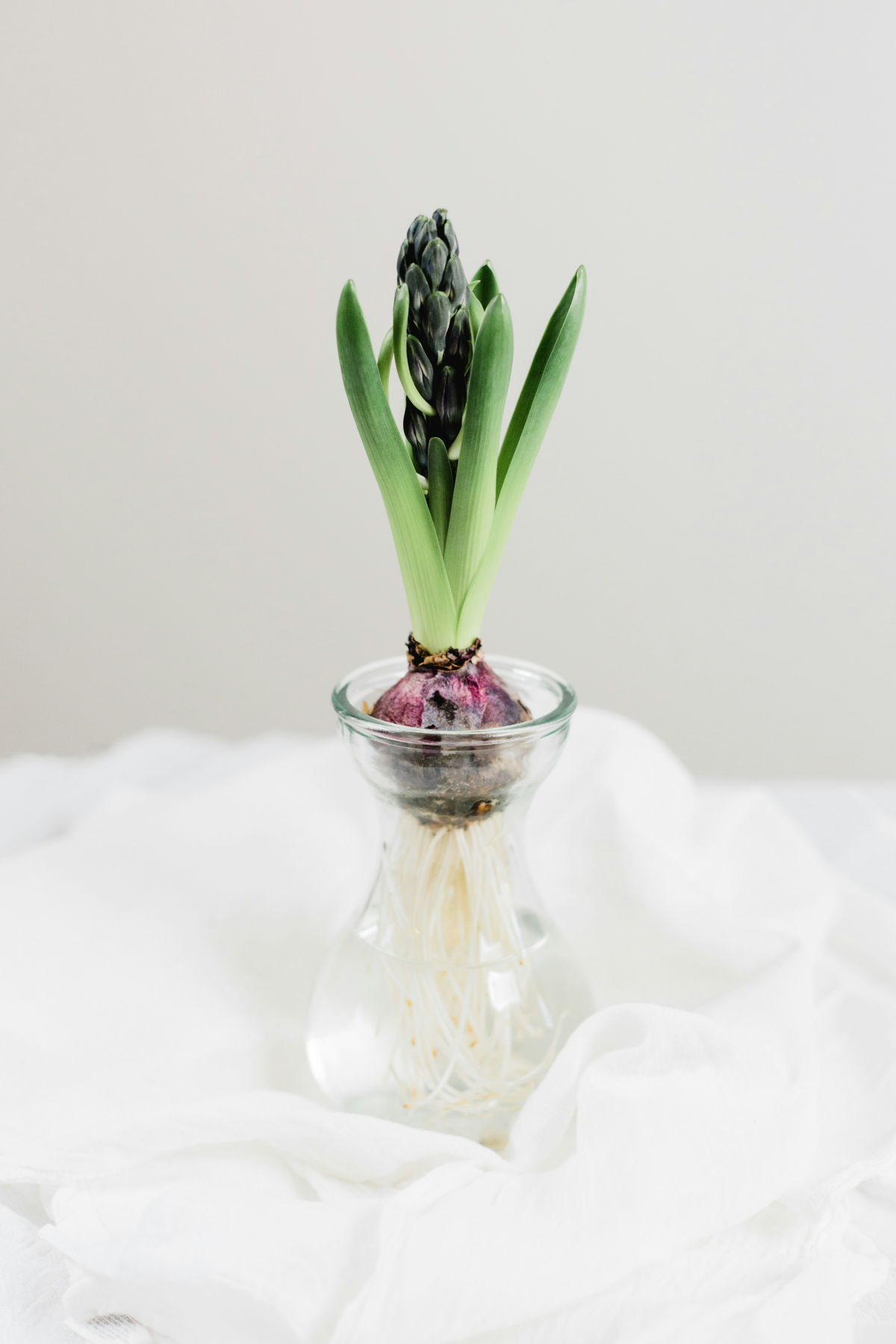
First Things First: Your Shopping List
Before you get started, let’s make sure you have everything you need. Nothing’s worse than getting halfway through a project and having to run to the store. Here’s a basic rundown:
- Hyacinth Bulbs: Get the best you can afford. We’ll talk about what to look for in a minute.
- Gloves: This is NOT optional! Simple nitrile or leather garden gloves will do the trick.
- Good Soil or Amendments: If planting in the garden, you’ll want compost. For pots, a bag of quality potting mix and some perlite is perfect.
- A Trowel: A must-have for digging.
- Bulb Fertilizer: Bone meal is the classic choice, but any slow-release fertilizer with a higher middle number (phosphorus), like a 3-5-3 formula, works great.
- Pots (for forcing): Make sure they have drainage holes! Terracotta is a great choice.
What’s Actually Inside That Bulb?
So, let’s get one thing straight: a hyacinth bulb isn’t a seed. It’s more like a fully-assembled piece of IKEA furniture, just waiting for you to do the final step. It’s a complete, miniature plant packed inside a protective shell. The pros call this a ‘tunicate bulb,’ which is just a fancy way of saying it has a papery skin (the tunic) protecting the good stuff inside.
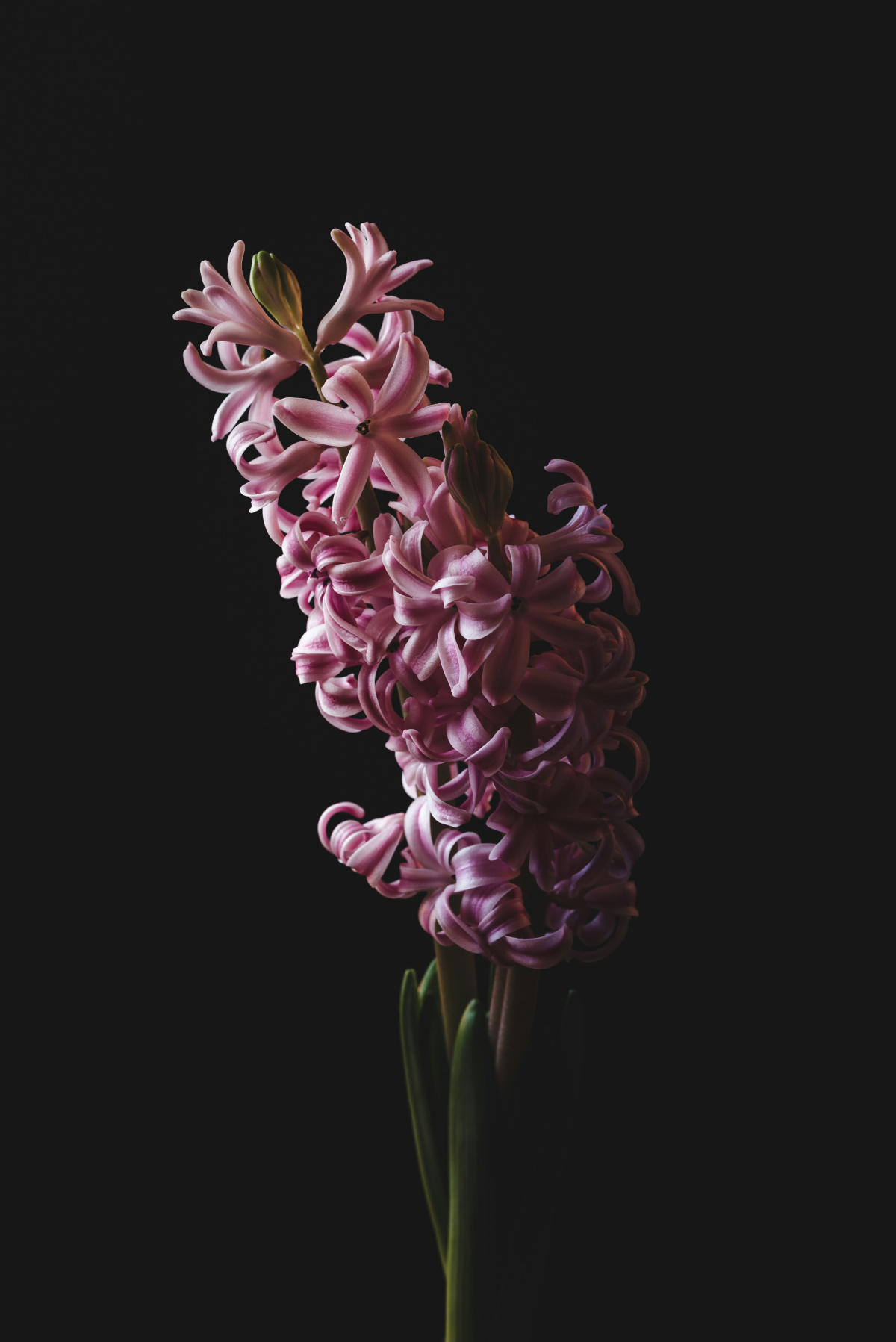
If you were to (please don’t) slice a bulb in half from top to bottom, you’d see it all laid out. At the very bottom, there’s a tough little disc—that’s the basal plate, where the roots will sprout. The fleshy layers are actually special leaves that store all the food the plant needs for its first big show. And right in the very center, you can spot the tiny, pre-made flower spike. It’s all in there, just waiting for the right signal.
That signal is the cold. This process is called vernalization, and it’s non-negotiable for hyacinths. They evolved in cool, mountainous areas, so their whole life is programmed around a cold winter nap. Without a solid chill period of at least 12 to 14 weeks between 35°F and 45°F (that’s about 2°C to 7°C), the bulb just won’t get the message to grow properly. This is why bulbs planted in warm climates often pop up with sad, short flowers that bloom right at the soil line. They never got the memo to stretch their legs.
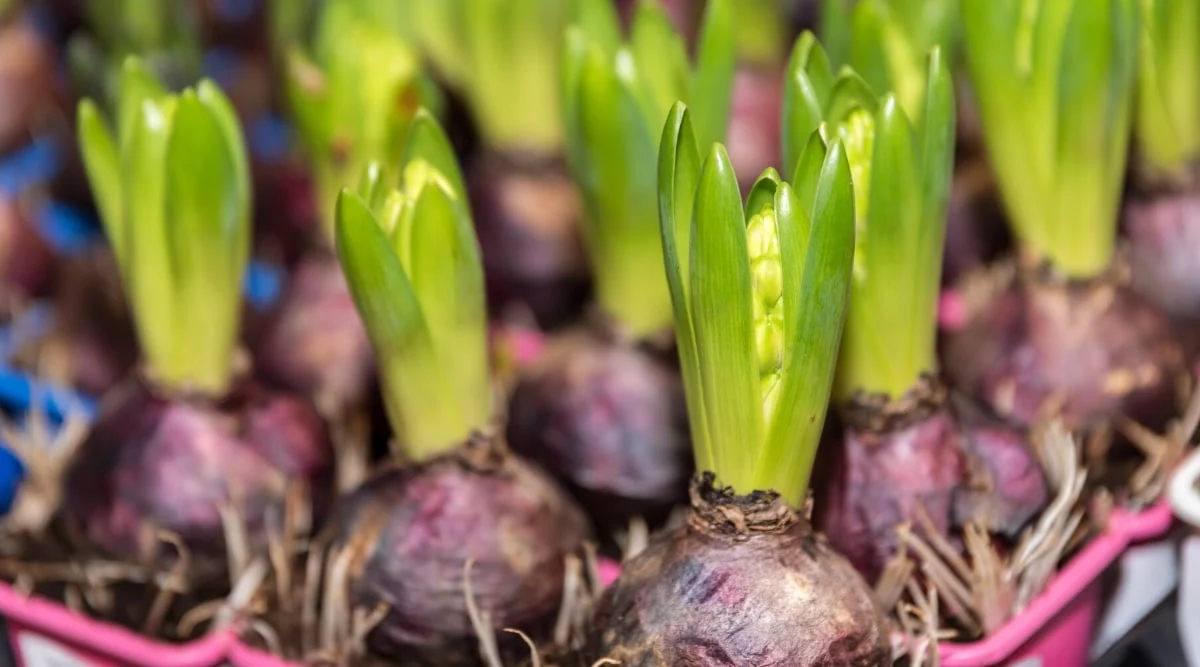
How to Pick a Winner: Choosing Your Bulbs
Your success starts with the bulbs you buy. In the professional world, we buy them by size, measured in centimeters around the middle. You might see sizes like 15/16 cm or 16/17 cm. The really huge ones, the 18/19 cm bulbs, are for exhibitions. A bigger bulb simply has more fuel in the tank, meaning a bigger, more impressive flower your first year.
But is it worth the extra cash? Well, expect to pay around $1.50 per bulb for a good standard size. Those top-tier exhibition bulbs might run you $3 to $4 a pop. Honestly, for a beginner or for a lovely garden display, the standard size is a fantastic starting point and gives you a great bang for your buck.
When you’re at the garden center, use your hands. A good bulb should feel firm and heavy for its size, kind of like a healthy onion. If it’s squishy, especially at the bottom, that’s a red flag for rot. Pass on any that feel light or dried out. The papery skin should be mostly there, and definitely avoid any with fuzzy blue or green mold. Oh, and if you’re buying in the fall, they should be dormant—if you see green shoots already poking out, it means they woke up too early and will likely be weaker.
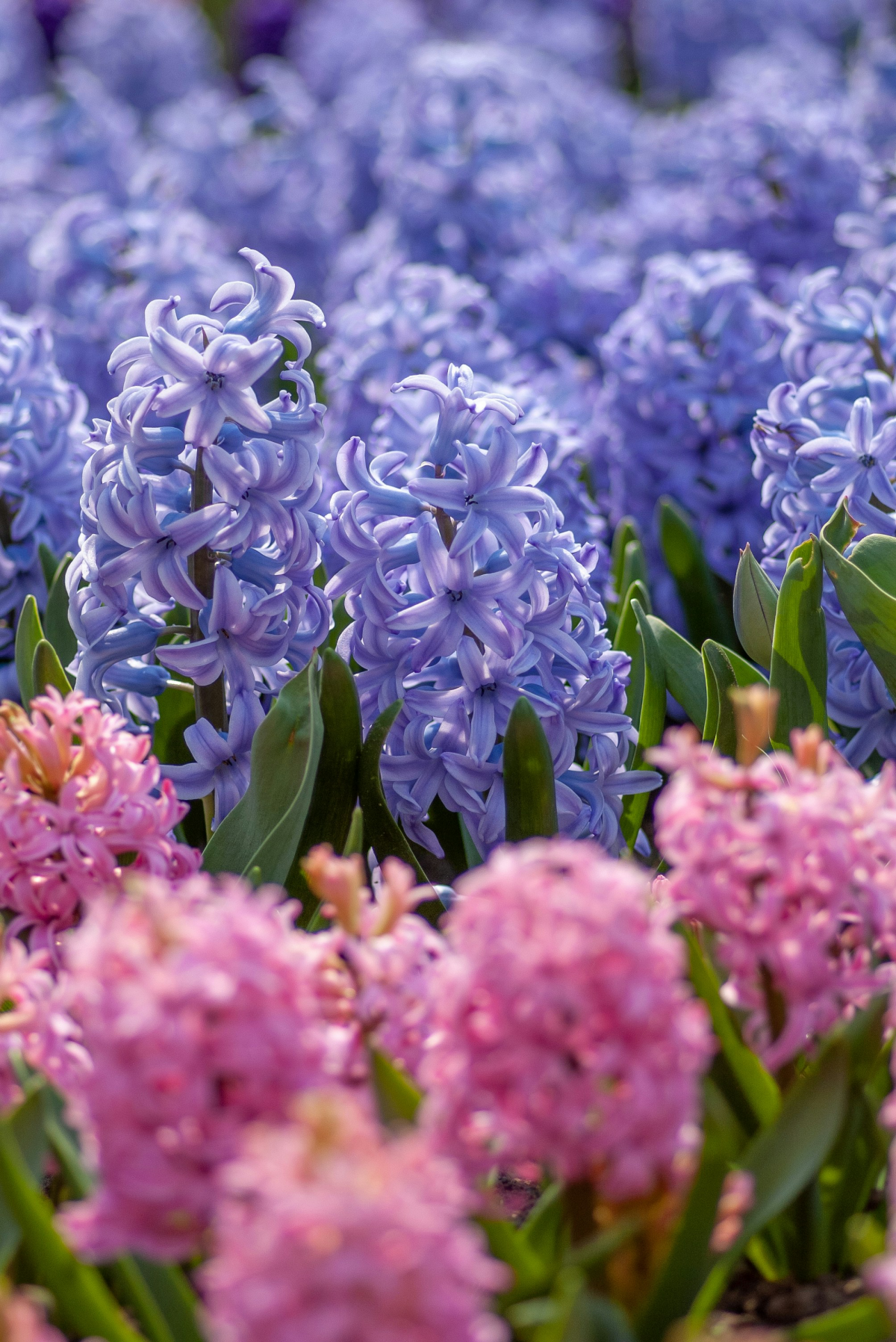
Heads Up: The Hyacinth Itch is Real!
Remember my story about the rash? That wasn’t a fluke. Hyacinth bulbs contain tiny, needle-like crystals of calcium oxalate. They can cause some serious skin irritation, aptly named “hyacinth itch.” So, I’ll say it again: ALWAYS wear gloves when handling them. It’s a simple step that saves you a world of discomfort. And even with gloves, it’s a good idea to wash your hands afterward and not touch your face.
Planting in the Garden for Years of Color
Getting your hyacinths into the ground is where good technique really shines. Let’s get it right.
Perfect Timing and a Sunny Spot
The best time to plant is in the fall, once your soil temperature has consistently dropped below 60°F (15°C). This usually gives them a good six to eight weeks to grow roots before the ground freezes solid. For me, that’s usually around mid-October.

As for where to plant, give them sun! They need at least six hours of direct sunlight a day to have the energy to bloom well and recharge for next year. The only exception is in really hot climates (Zone 8+), where a little afternoon shade can keep the flowers from getting scorched.
It’s All About the Soil
Hyacinths absolutely despise soggy soil. Wet feet will cause the bulb to rot, and it’s the number one killer I see in home gardens. If you have heavy clay, you’ve got to fix the drainage. It’s not that hard, I promise. For a small bed, I just dig down about a foot, and mix in a 2-inch layer of compost and a 1-inch layer of something gritty like coarse sand or pine bark fines. A big bag of compost might set you back $10-$15, and it’s the best investment you can make.
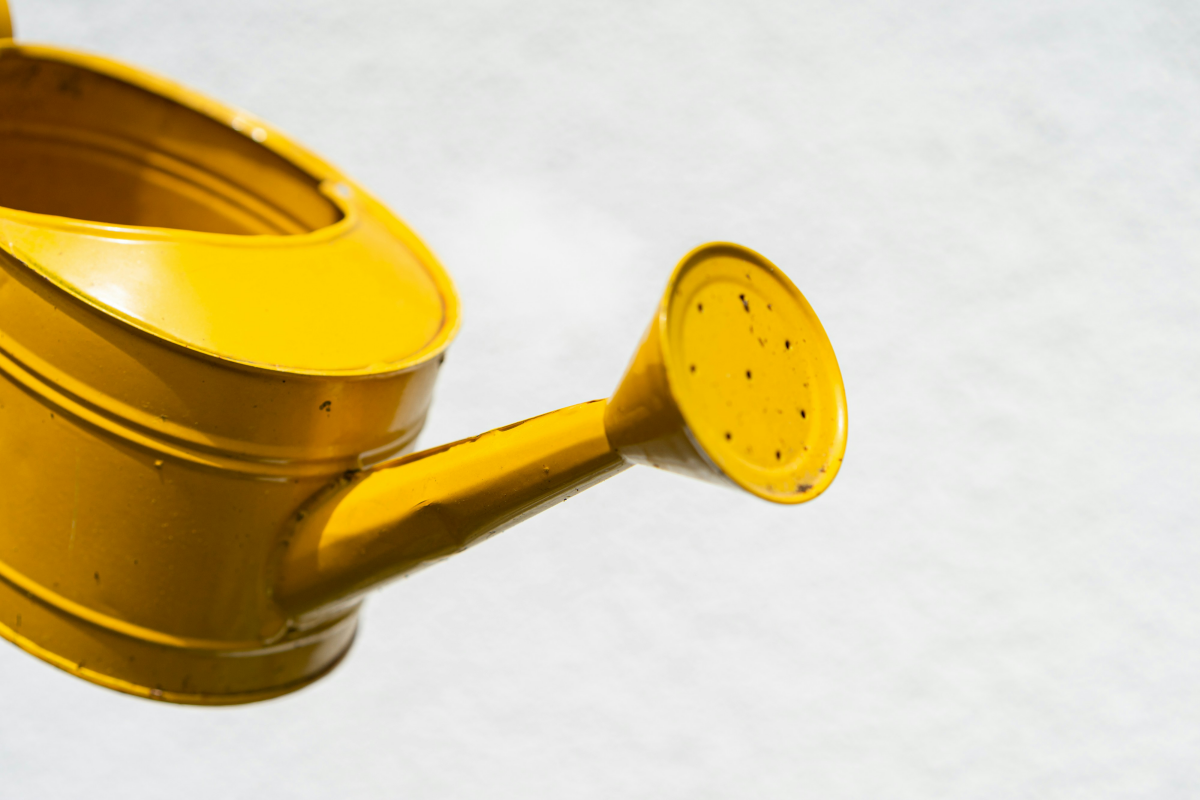
A good rule for planting depth is to dig a hole three times as deep as the bulb is tall. So for a typical 2-inch bulb, plant it so the base is 6 inches deep. This keeps it insulated and helps support the heavy flower stalk. I always toss a tablespoon of bone meal or that slow-release bulb fertilizer into the bottom of the hole and mix it in a little so it’s not touching the bulb directly. Pop the bulb in, pointy-end up, and space them about 5 inches apart for a dense look, or a bit wider (7-8 inches) if you want them to come back for a few years.
Bringing the Fragrance Indoors: Forcing Hyacinths
Forcing bulbs is just a way of tricking them into blooming in the middle of winter, and it’s incredibly rewarding. You can fill your house with that amazing scent when it’s bleak outside.

Grab a pot with good drainage—terracotta is great because it breathes. Use a mix of one part potting soil, one part perlite, and one part compost for excellent drainage. Place the bulbs on top of the soil, close but not touching, so their tips are just below the pot’s rim. Water them once, thoroughly, and let all the excess drain out.
Now for the magic: the chilling. They need that 12-15 week cold nap. A spare fridge is perfect (just keep them away from ripening fruit like apples, which release a gas that can ruin the flowers). If you’re like me and don’t have a spare fridge, an unheated garage, a cold basement, or even a sheltered balcony in a cold climate works! The key is consistent cold. Check on them every few weeks and give them a tiny sip of water if the soil is bone dry.
After the chilling time, you should see stubby, pale yellow shoots. Don’t just plop them in a sunny window! That shock will make them bloom on short, stunted stems. First, move them to a cool, dim spot (like a basement) for about a week to let the stems stretch and turn green. Once they’re 4-5 inches tall, you can move them to a bright spot to enjoy the show.
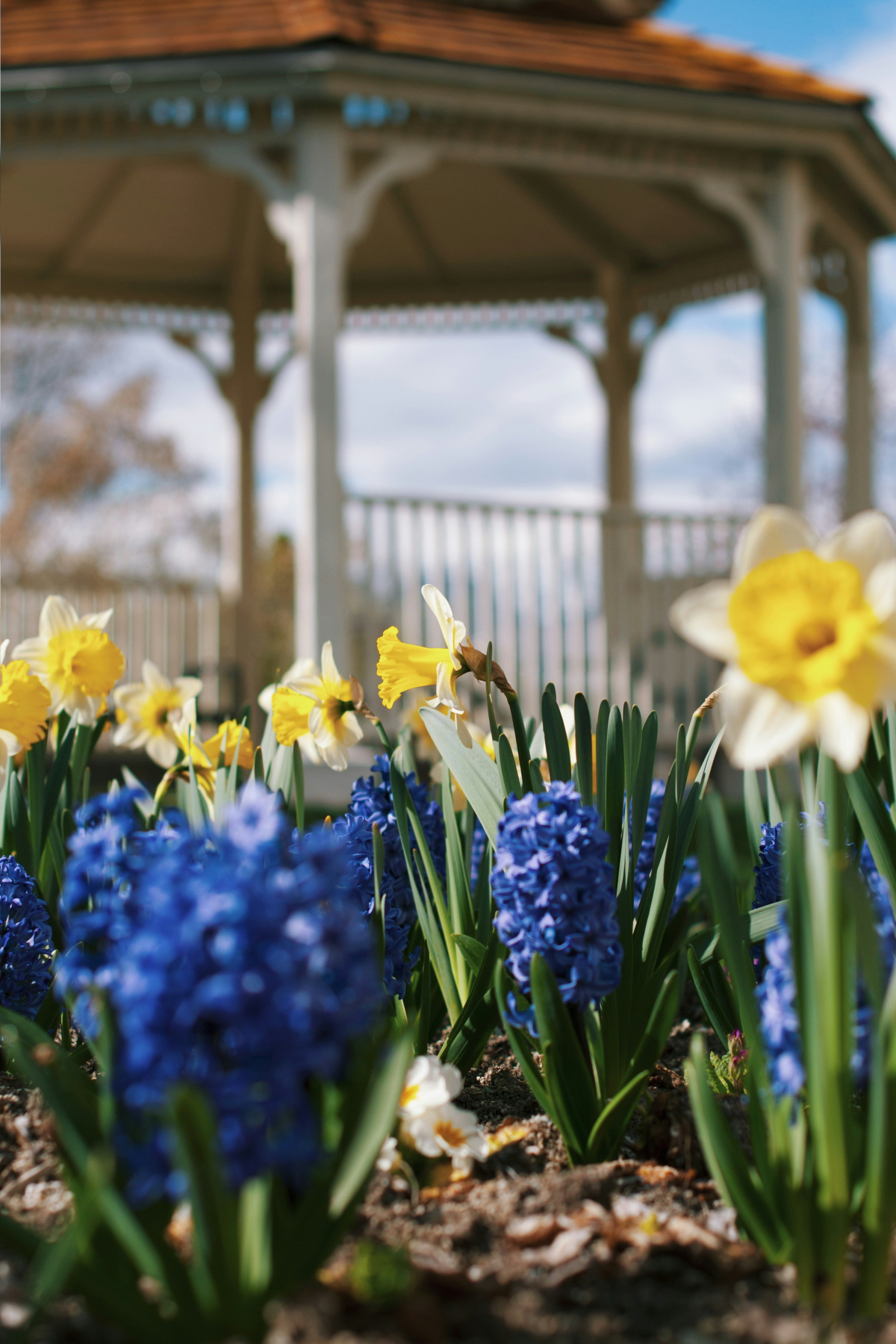
By the way, what do you do with the bulb after it’s done? Honestly, just compost it. It has burned through all of its stored energy. If you plant it outside, it’s a real long shot. It might grow a few leaves next year, but it could take 2-3 years to flower again, if it ever does. It’s usually not worth the garden space.
After the Flowers Fade: The Most Important Step
For your outdoor hyacinths, what you do after they bloom determines if they’ll come back next year. Once the flowers are withered, use clean shears to snip off the entire flower stalk at the base. This tells the plant to stop wasting energy on making seeds and send it all back to the bulb.
Now for the hard part: you have to leave the leaves alone. Don’t cut them, don’t braid them, just let them be. They are the factory, soaking up sunlight to create food for next year’s bloom. They’ll eventually turn yellow and wither on their own, which takes about six weeks and can look a bit messy.
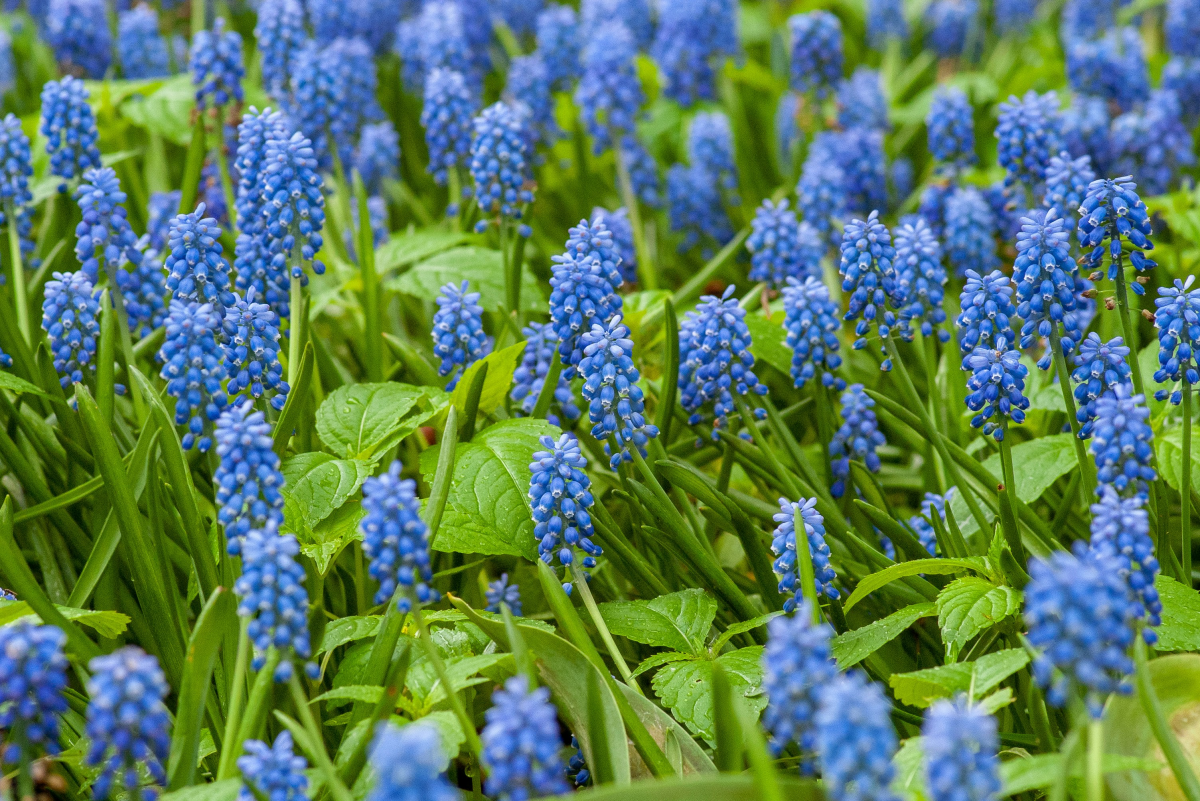
A little pro design trick I use is to plant hyacinths among perennials like Hostas or Daylilies. As the hyacinth foliage starts to look sad, the perennial leaves grow up and hide them perfectly.
What to Expect in Your Climate
Where you live makes a big difference. It’s good to have realistic expectations.
- Cold Climates (Zones 3-6): This is hyacinth heaven. You’ll get the best return for 2-3 years because the winters are reliably cold.
- Temperate Climates (Zones 7-8): They’ll be fantastic the first year, but might come back a little smaller the second year. Many gardeners here treat them as fancy annuals, planting fresh bulbs each fall for the best show.
- Warm Climates (Zones 9-11): You have to treat them as one-and-done annuals. The only way to grow them here is to buy “pre-chilled” bulbs from a specialty supplier each year. (By the way, if you’re not sure of your zone, a quick online search for “USDA Plant Hardiness Zone Map” will show you yours in seconds.)

Troubleshooting the Common Problems
Even the best of us run into issues. Here’s how to fix the most common ones.
Floppy Stems? This often happens when it gets too warm too fast, causing weak growth. Some varieties are just more prone to it. Once they flop, all you can do is support them with a small stake.
All Leaves, No Flower? This is almost always one of three things: not enough cold, you planted a tiny bulb, or you cut the leaves off too early last year. The bulb just didn’t have the juice or the signal to bloom.
Bulb Rotting in the Ground? If the plant turns yellow and pulls out easily, that’s rot from soggy soil. You have to dig up and throw away the infected bulb and the soil right around it. There’s no cure, so focus on improving drainage before you plant there again.
Something’s Eating My Bulbs! Ah, squirrels and voles. The most effective deterrent I’ve found is to build a little cage out of hardware cloth. To make one, just get a roll of 1/2-inch hardware cloth from the hardware store, cut a piece big enough to fold into a box that your bulbs can sit in, and plant the whole thing. For squirrels digging from above, just laying a piece of chicken wire on top of the soil after planting usually works.
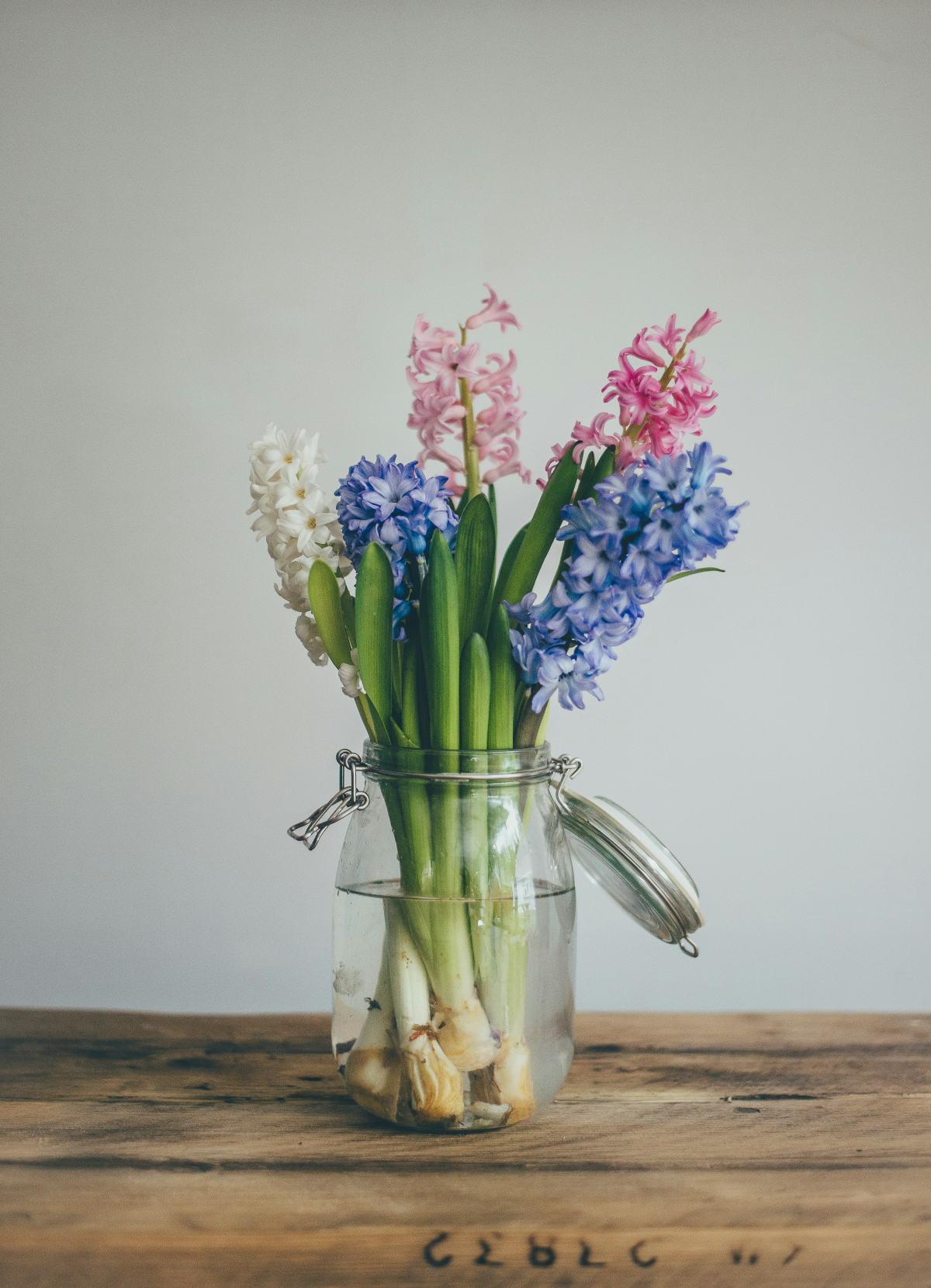
My Go-To Varieties You Can Count On
Over the years, I’ve found a few varieties that are just rock-solid performers. If you’re looking for a place to start, you can’t go wrong with these:
- For a classic, deep blue-purple with that powerful, iconic scent, ‘Blue Jacket’ is the one. Its stems are nice and sturdy, too.
- My pick for a pure, clean white is ‘Carnegie’. The fragrance is amazing, but it can be a little top-heavy, so plant it in a spot sheltered from the wind.
- If you want a pop of vibrant reddish-pink, ‘Jan Bos’ is fantastic. It’s a bit more compact, which makes it perfect for pots and forcing.
- For something a bit different, ‘City of Haarlem’ has a lovely, soft buttery-yellow color that looks stunning next to blue grape hyacinths.
- And for a real showstopper, look for ‘Woodstock’. It’s a rich, dramatic burgundy-plum color with a wonderfully spicy fragrance.
At the end of the day, growing hyacinths is a partnership. It’s about understanding the life packed inside that little bulb and giving it what it needs. When you do, it pays you back with a display of color and fragrance that, for me, is the true announcement that spring has finally arrived.
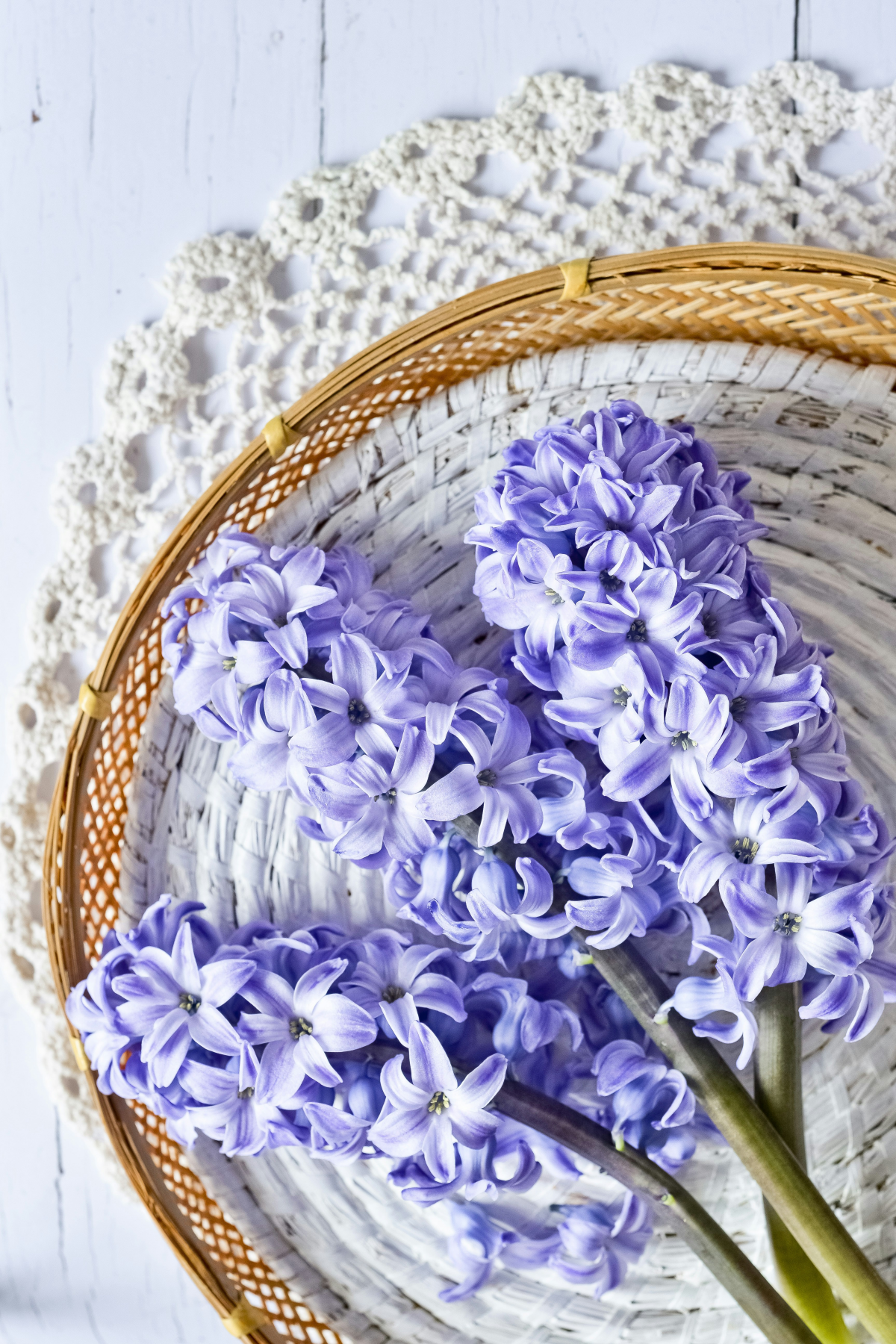
Galerie d’inspiration
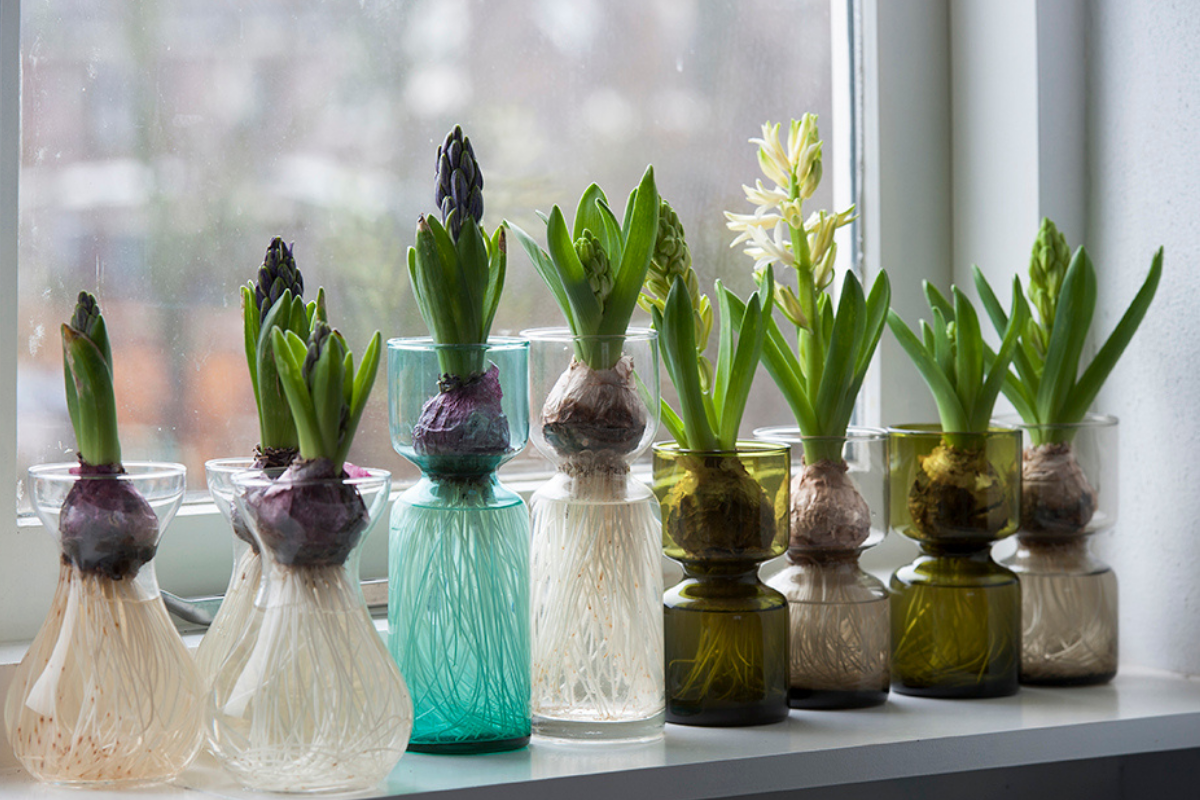
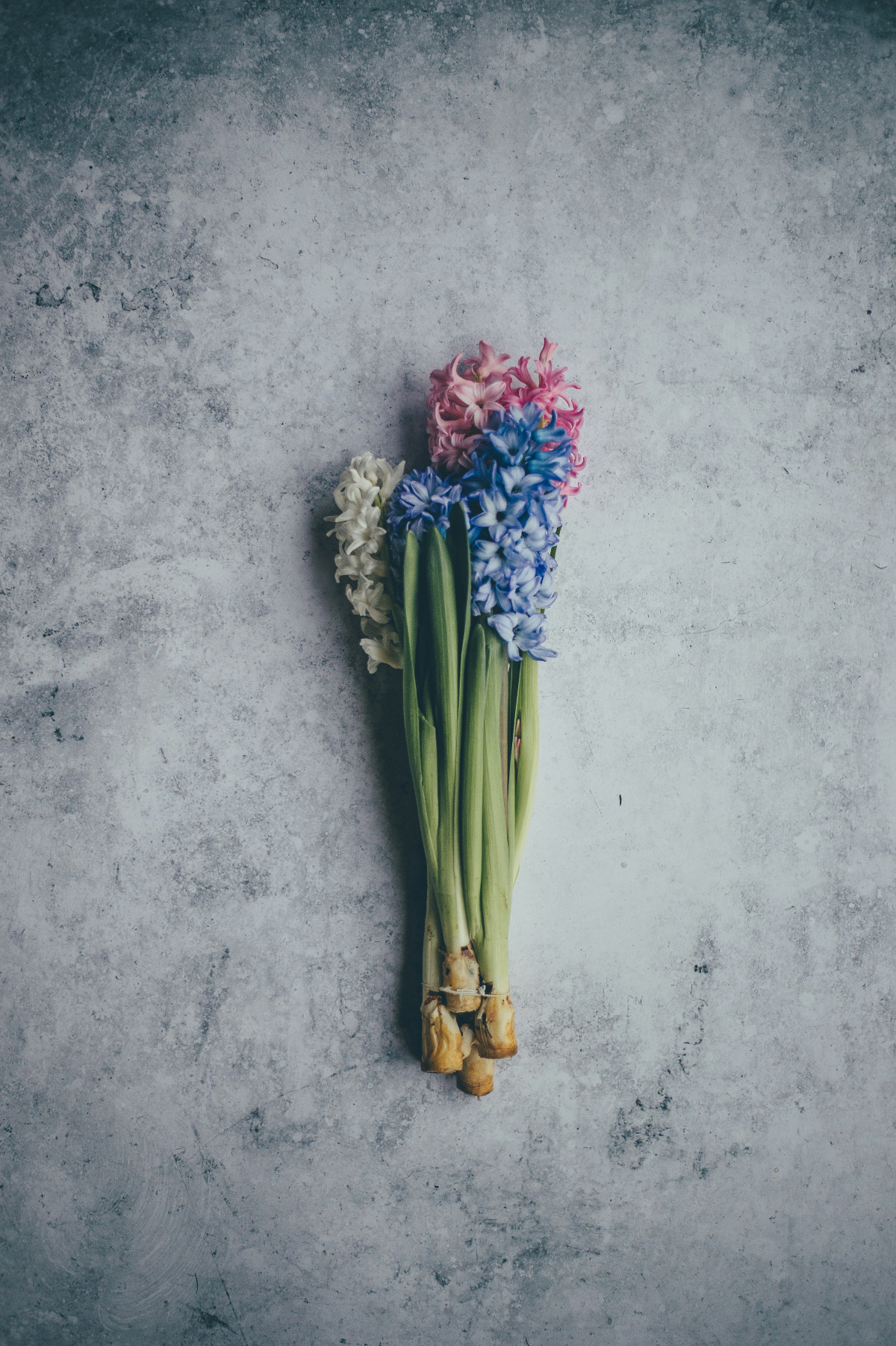
Can I really get my forced hyacinths to bloom again next year?
Absolutely, but it requires patience. After the flower fades, cut off the stalk but let the leaves die back naturally. This sends energy back to the bulb. Once the leaves are yellow, remove the bulb from the pot, let it dry for a few days, and store it in a cool, dark, dry place (like a paper bag in the garage). Plant it outdoors in the garden next fall. It will likely take a year off to recover but should reward you with blooms the year after.
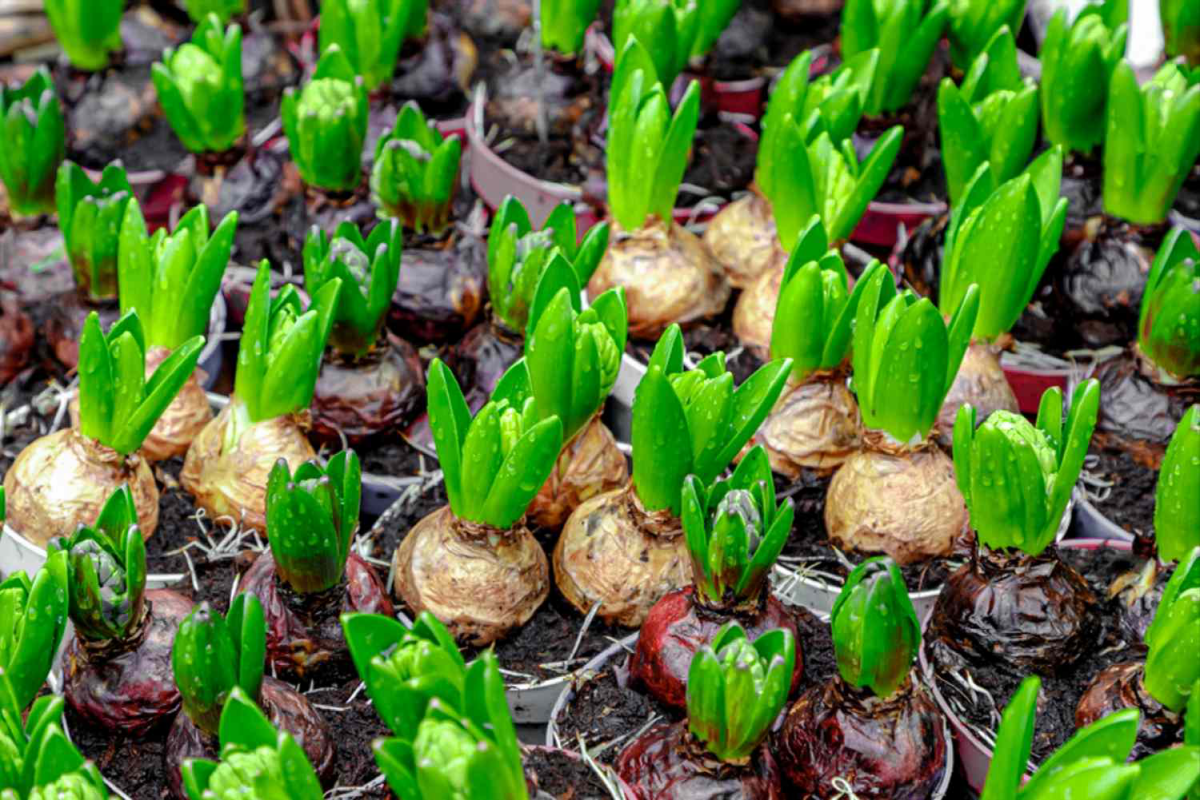
The intense fragrance of a hyacinth is primarily due to a cocktail of volatile organic compounds, including benzyl acetate (also found in jasmine) and cinnamyl alcohol (which has a sweet, balsamic scent).
This complex chemical signature is what makes the hyacinth’s perfume so uniquely powerful and recognizable. It’s a natural air freshener, designed by the plant to attract pollinators with maximum efficiency, filling a room with its scent from just a single bloom.
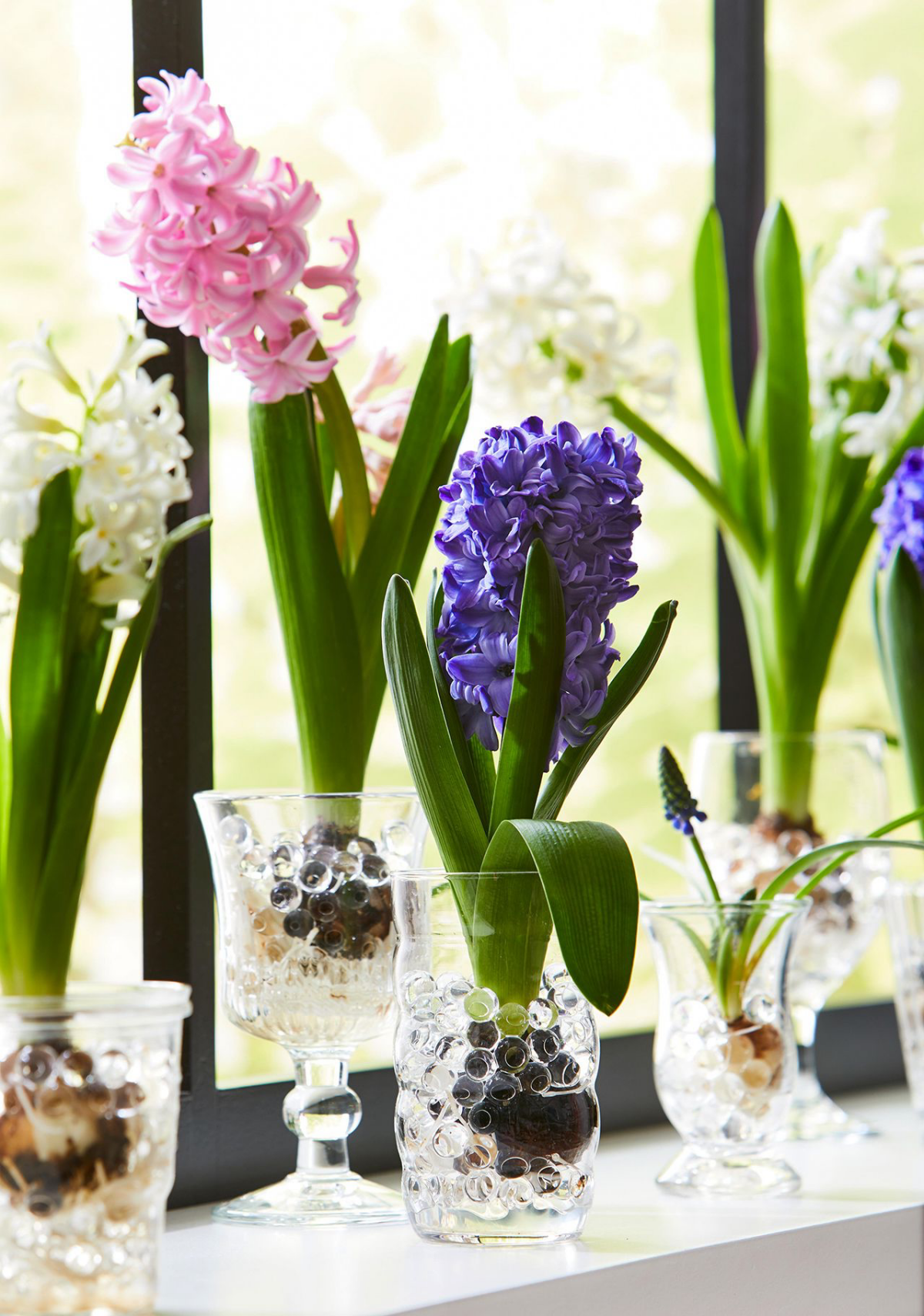
Forcing hyacinths in water is a classic winter project that reveals the entire growing process. You’ll need a special hyacinth forcing glass, which has an hourglass shape to hold the bulb just above the water level. The roots will stretch down into the water while the bulb stays dry, preventing rot.
- Fill the glass with water until it’s just below the base of the bulb.
- Place the whole setup in a cool, dark place (like a refrigerator, away from fruit) for 10-12 weeks until roots are well-developed.
- Once a green shoot is 1-2 inches tall, move it to a bright, warm spot to watch it bloom.
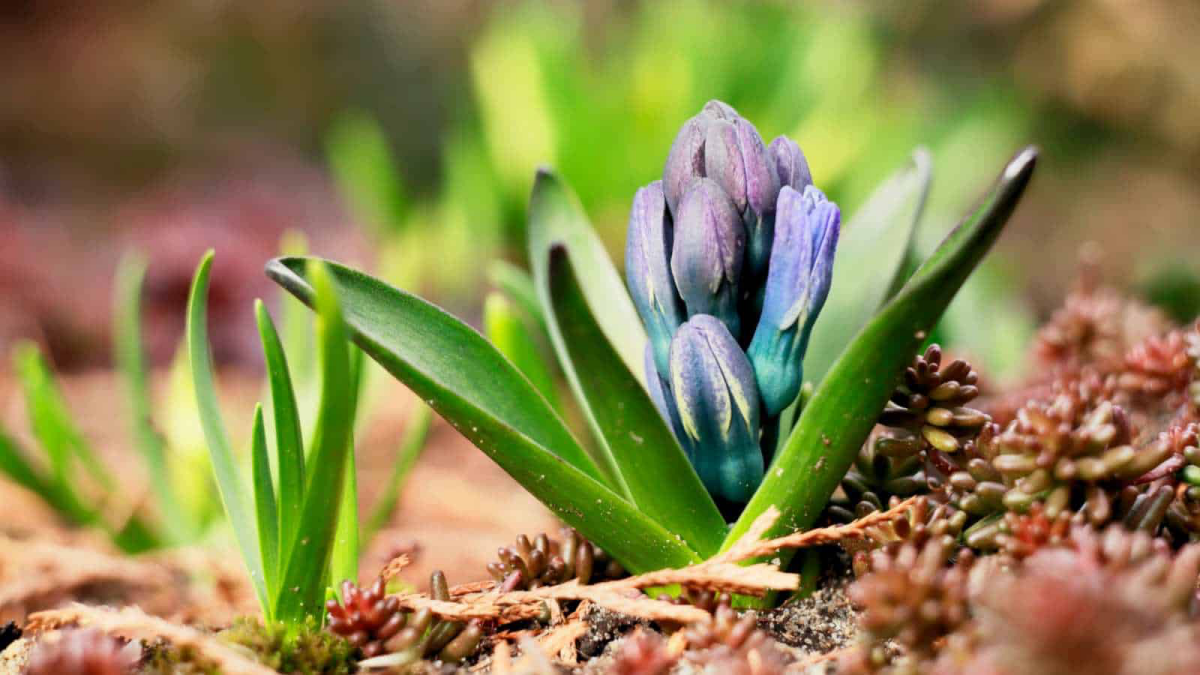
Blue Delft: This is arguably the most iconic hyacinth variety. Named after the famous Dutch pottery, its florets are a deep, porcelain-blue, and it’s known for having one of the strongest, classic hyacinth fragrances. A true showstopper.
Carnegie: For those who love pure, elegant white. The Carnegie variety produces dense, snow-white flower heads. It’s a fantastic choice for creating a serene, minimalist look or for pairing with more vibrant spring bulbs.
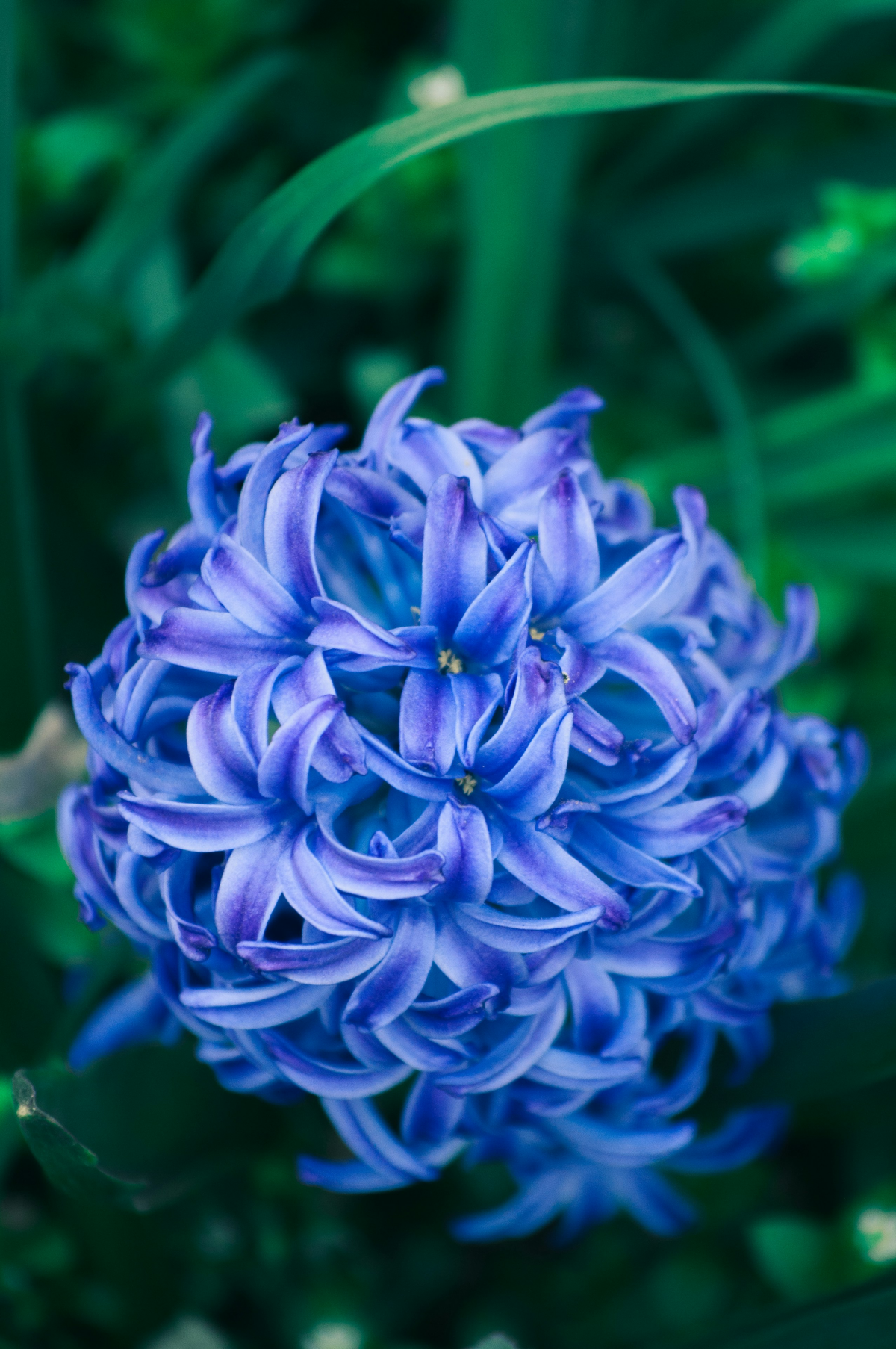
The biggest mistake: Under-chilling your bulbs. Hyacinths require a mandatory cold period of at least 10-14 weeks at temperatures between 35-45°F (2-7°C) to trigger blooming. Skipping this step or cutting it short results in stunted growth, where the flowers try to open right at the base of the bulb without a proper stem. Don’t rush the chill!
For a dose of pure inspiration, look no further than the Netherlands’ Keukenhof Gardens. Every spring, vast ‘rivers’ of hyacinths are planted in sweeping, monochromatic bands alongside tulips. Seeing thousands of ‘Pink Pearl’ or ‘Blue Jacket’ hyacinths blooming in unison is a breathtaking reminder of the sheer visual power packed into each small bulb.






